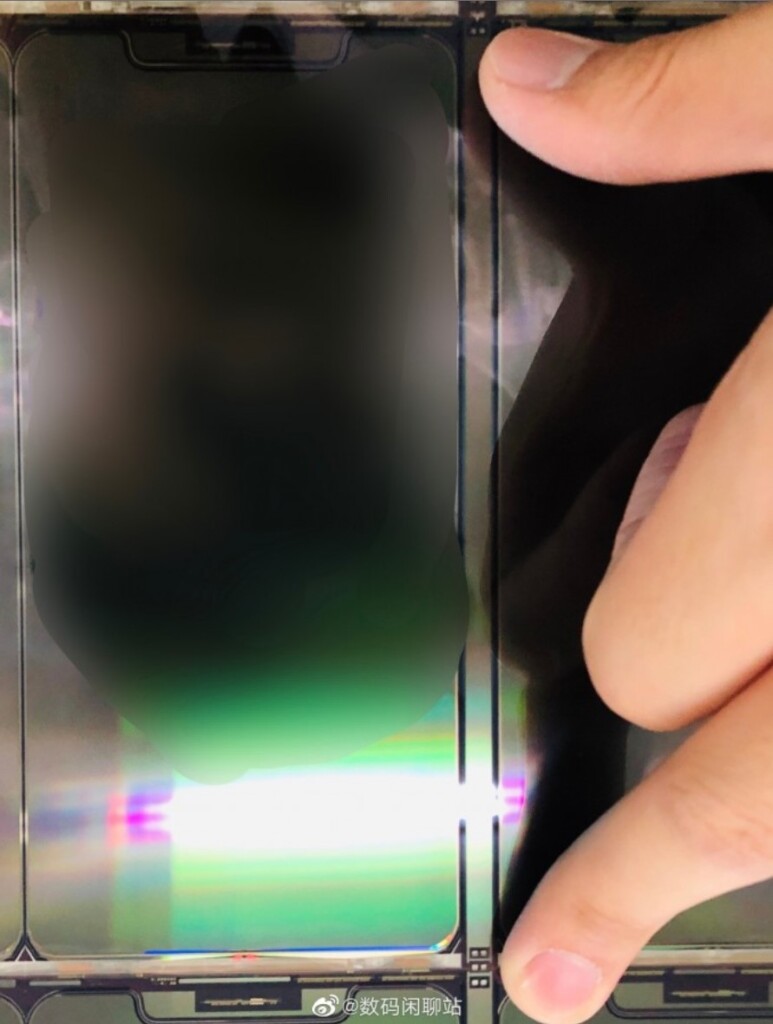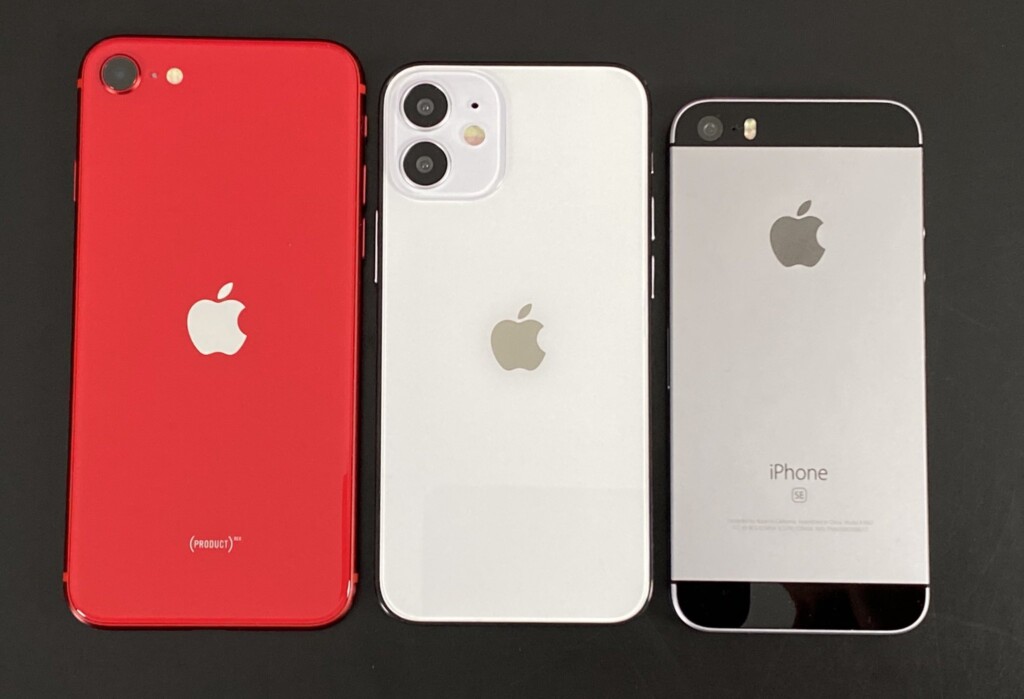
Images of the 5.4-inch iPhone 12 Leaked, Showing the Symbol of a New Age
- The basic 5.4” iPhone 12 may be a lot more than just a version to cover a niche market need.
- The reasoning behind the decision to buy an SE 2020 has just become a lot weaker.
- Android is going to take a blow, as there’s literally nothing on offer with such a small footprint.
With the iPhone 12, Apple will shift the gear in terms of the design approach, going from roundish corners to a clear-cut angular chassis, which is the most radical change we’ve ever seen between two generations of the device.
However, Apple’s most revisionistic element in the iPhone’s upcoming line is the sizing approach and the basic 5.4-inch model in particular. The tech company is putting a break in the “bigger is better” notion by reconsidering what size is “just right” again, and the leaks that show us the upcoming model are proving exactly that.
Source: myfixguide.com
So, from what has leaked, the 5.4-inch screen features the same notch that we’re used to in the past couple generations, and it’s an LCD screen (no OLED apparently) featuring a resolution of 960 x 2079 (425 ppi). It looks like it would be comfortable to reach every corner of the screen while holding it with one hand, which is a forgotten practice nowadays.
Also, the notch means the bezels of the “SE 2020” will go away, so you actually end up with a device that has a smaller footprint that the revival of the SE, and while sporting a larger screen. This is actually what many thought the company should have done with the SE 2020, but here’s your answer on why they didn’t do it.
SE 2020 (left), iPhone 12 5.4" (middle), original SE (right)
This means the basic trim of the iPhone 12 will be the “natural” successor of the original SE since it sits between the two SEs, size-wise. If you bought the SE 2020 thinking that the iPhone 12 range won’t feature something that compact, you were wrong.
If your bet was price-related, thinking that the basic iPhone 12 will cost a lot more than the $399 of the SE 2020, you’re mistaken again. Rumors put a starting price of $549, so all in all, buying the SE 2020 at that point in time doesn’t look very wise right now.
And then there’s the Android world where OEMs seem to be oblivious to the fact that there’s a good chunk of the market that would cherish a smaller device. The last “flagship-level” compact Android device was the Galaxy S10e released back in March 2019, and Samsung didn’t even bother with a successor this year in the S20 line.
The Pixel 4a is expected to be quite small in size, but the device remains elusive - although Twitter leakers are now presenting an announcement date for August 3. Even then, Pixel 4a won’t play in the same league as iPhone 12 in terms of performance, so Apple is set to destroy Android OEMs by capturing all of that niche, whatever the size of it.
Finally happy to give a final update on Pixel 4a!
The last date I gave you (provided in the tweet below) is the launch day!
Pixel 4a. August 3. 100%.
Only question is...
Do you care anymore? Or have they pushed this off too much? https://t.co/SZkQpvRAZI— jon prosser (@jon_prosser) July 26, 2020
If the basic iPhone 12 sells well, which is expected to be the most successful in the new lineup, it is quite likely that Android OEMs will start spewing smaller devices with powerful specs in 2021. Apple is a trend-setter; they have done this a million times, so we are bound to see a market shift.
Now, don’t get us wrong, there are still going to be larger devices out there, and the iPhone 12 is going to offer a 6.7” size as well. However, we expect smartphone manufacturers to start throwing a compact device in their new series, covering this market need as well.
Being able to cram everything that makes up a flagship-level device into a smaller device that still looks appealing is very hard, and Apple will essentially do a demonstration of technical excellence and superiority with its 5.4” iPhone.
However, things are a lot more complicated in this day and age, where everyone is pushing for 5G tech adoption. 5G is power-hungry, so big batteries are needed for the devices to be able to cope, but battery technology is still “ancient.” The 5.4” iPhone will come with a 2,227 mAh battery (according to rumors) - so if Apple includes a 5G trim on this size, the tests are going to give embarrassing results.
This is an element that keeps the whole “compact” thing complicated and could be the very reason why Android OEMs have completely ditched the idea today.







